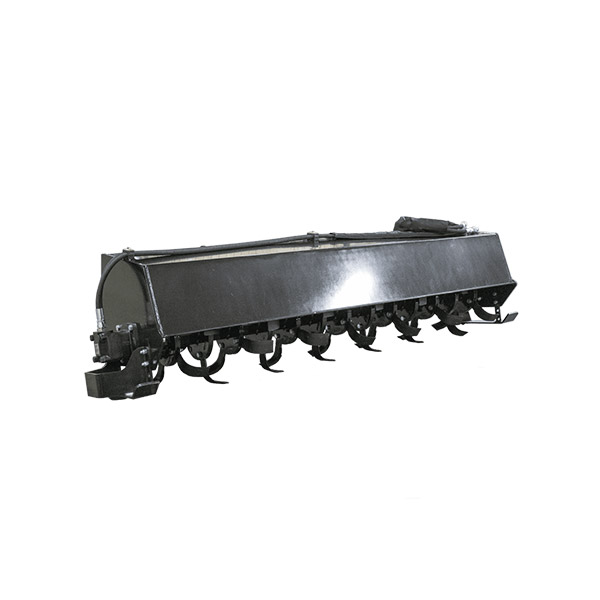In the ever-evolving landscape of modern agriculture, the tiller has emerged not merely as a tool but as a cornerstone of efficiency and innovation. While traditionally associated with the arduous task of soil cultivation, the tiller's multifaceted applications now span across the entire spectrum of crop establishment, making it an indispensable asset for farmers striving for sustainability and productivity. As we delve deeper into the myriad uses of the tiller, let's explore how this versatile machine is reshaping agricultural practices.

What is a Tiller?
A tiller, often referred to as a rototiller or garden tiller, is a motorized machine equipped with rotating blades or tines that churn the soil. Its primary purpose is to prepare the ground for planting by breaking up compacted soil, mixing in organic matter, and creating a fine seedbed. Tillers come in various sizes and types, ranging from small, handheld models to larger, more powerful machines suitable for extensive agricultural operations.
Key Applications of Tiller
1. Soil Preparation
One of the most critical functions of a tiller is soil preparation. Before planting, it is essential to ensure that the soil is loose and well-aerated. A tiller effectively breaks up hard, compacted soil, allowing for better root penetration and water absorption. This process not only improves soil structure but also enhances nutrient availability for plants.
2. Weed Control
Tillers play a vital role in weed management. By turning over the soil, they uproot existing weeds and disrupt their growth cycle. This mechanical method of weed control reduces the need for chemical herbicides, promoting a healthier and more sustainable gardening practice. Regular tilling can help maintain a weed-free garden, allowing your plants to thrive.
3. Incorporating Organic Matter
Adding organic matter, such as compost or manure, is crucial for enriching the soil. A tiller makes it easy to mix these amendments into the soil, ensuring that nutrients are evenly distributed. This incorporation not only improves soil fertility but also enhances its structure, promoting better drainage and aeration.
4. Seedbed Preparation
Creating a fine seedbed is essential for successful planting. A tiller helps achieve the ideal soil texture by breaking down clumps and creating a smooth surface for sowing seeds. Whether you are planting vegetables, flowers, or cover crops, a well-prepared seedbed increases germination rates and promotes healthy plant growth.
5. Garden Maintenance
Beyond initial soil preparation, tillers are valuable for ongoing garden maintenance. They can be used to refresh the soil between planting seasons, ensuring that it remains fertile and ready for new crops. Additionally, tillers can help in the establishment of new garden beds, making it easier to create and maintain diverse planting areas.
Choosing the Right Tiller
When selecting a tiller, consider factors such as the size of your garden, the type of soil, and your specific gardening needs. Smaller, electric tillers are ideal for home gardens, while larger, gas-powered models are better suited for extensive agricultural use. Always prioritize quality and durability to ensure that your tiller will serve you well for years to come.
Conclusion
The tiller is a multifunctional tool that revolutionizes the way we approach soil preparation and planting. Its ability to aerate, mix, and prepare soil makes it an essential asset for anyone involved in gardening or farming. By understanding the various applications of tillers, you can enhance your gardening practices and achieve better results in your cultivation efforts. Embrace the power of the tiller and watch your garden flourish!














Comments (0)